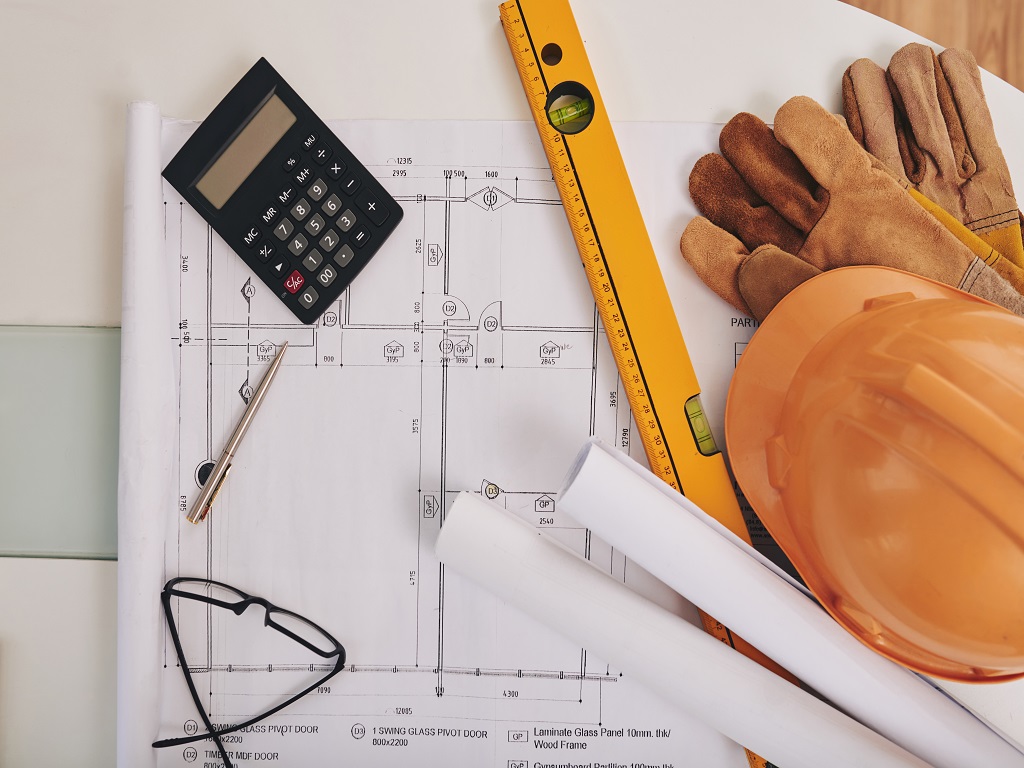The Art Of Structural Engineering

Civil engineering is one of the most crucial fields that play a significant role in building the infrastructure of a country. To ensure the safety of buildings and structures, structural design plays a pivotal role. Structural design is the process of designing the framework of a building or structure to support the load and resist lateral and gravity loads.
Structural design not only plays an important role in ensuring the safety of the structure but also affects the durability and longevity of the building. A well-designed structure can withstand the test of time and guarantee the safety of the people using it.
Many factors affect the structural design of a building or structure. These factors include the location, the geological conditions, the materials used, the type of building or structure, and the load that the structure is going to bear.
There are different types of loads that a structure may encounter during its lifetime. These include dead loads, which are the permanent weight of the structure, and live loads, which are the weight of things that are temporarily placed on the structure, such as people or furniture. Another type of load is the environmental load, which includes wind, earthquake, and snow loads.
Structural design involves considering all of these factors, determining the loads and stresses that the structure will be under, and designing a framework that can support and resist those loads. This requires a thorough understanding of mathematical principles, physics, and materials science.
FAQ about Structural Design in Civil Engineering
1. What is the role of structural design in civil engineering?
Structural design is the process of designing the framework of a building or structure to support the load and resist lateral and gravity loads. It plays a crucial role in ensuring the safety and longevity of the structure.
2. What factors affect structural design in civil engineering?
The factors that affect structural design in civil engineering include the location, geological conditions, materials used, type of building or structure, and the loads that the structure is going to bear, including dead loads, live loads, and environmental loads.
3. What are the different types of loads that a structure may encounter?
The different types of loads that a structure may encounter include dead loads, live loads, and environmental loads, including wind, earthquake, and snow loads.
4. What is the importance of structural design in civil engineering?
Structural design plays a vital role in ensuring the longevity and safety of a building or structure. A well-designed structure can withstand the test of time and guarantee the safety of the people using it.
5. How is structural design in civil engineering accomplished?
Structural design in civil engineering is accomplished by considering all the factors that affect the structure, determining the loads and stresses that the structure will be under, and designing a framework that can support and resist these loads and stresses.
6. What are some of the materials used in structural design in civil engineering?
Some of the materials used in structural design in civil engineering include concrete, steel, timber, masonry, and composites.
7. What is the importance of the geological conditions in structural design in civil engineering?
The geological conditions of a location can affect the structural design in civil engineering. For instance, if the soil is too soft, it may not be able to sustain the weight of the structure, and this can lead to structural failure.
8. How important is the role of mathematics in structural design in civil engineering?
Mathematics plays a crucial role in structural design in civil engineering. Structural design requires a thorough understanding of mathematical principles such as statics, dynamics, and mechanics of materials.
Civil engineering is an essential field that ensures the safety and stability of our infrastructure. Structural design plays a significant role in ensuring the longevity and safety of the building or structure. Understanding the different types of loads, the factors that affect structural design, and the materials used is an important aspect of civil engineering. A well-designed structure can withstand the test of time and guarantee the safety of the people using it.


Post a Comment for "The Art Of Structural Engineering"